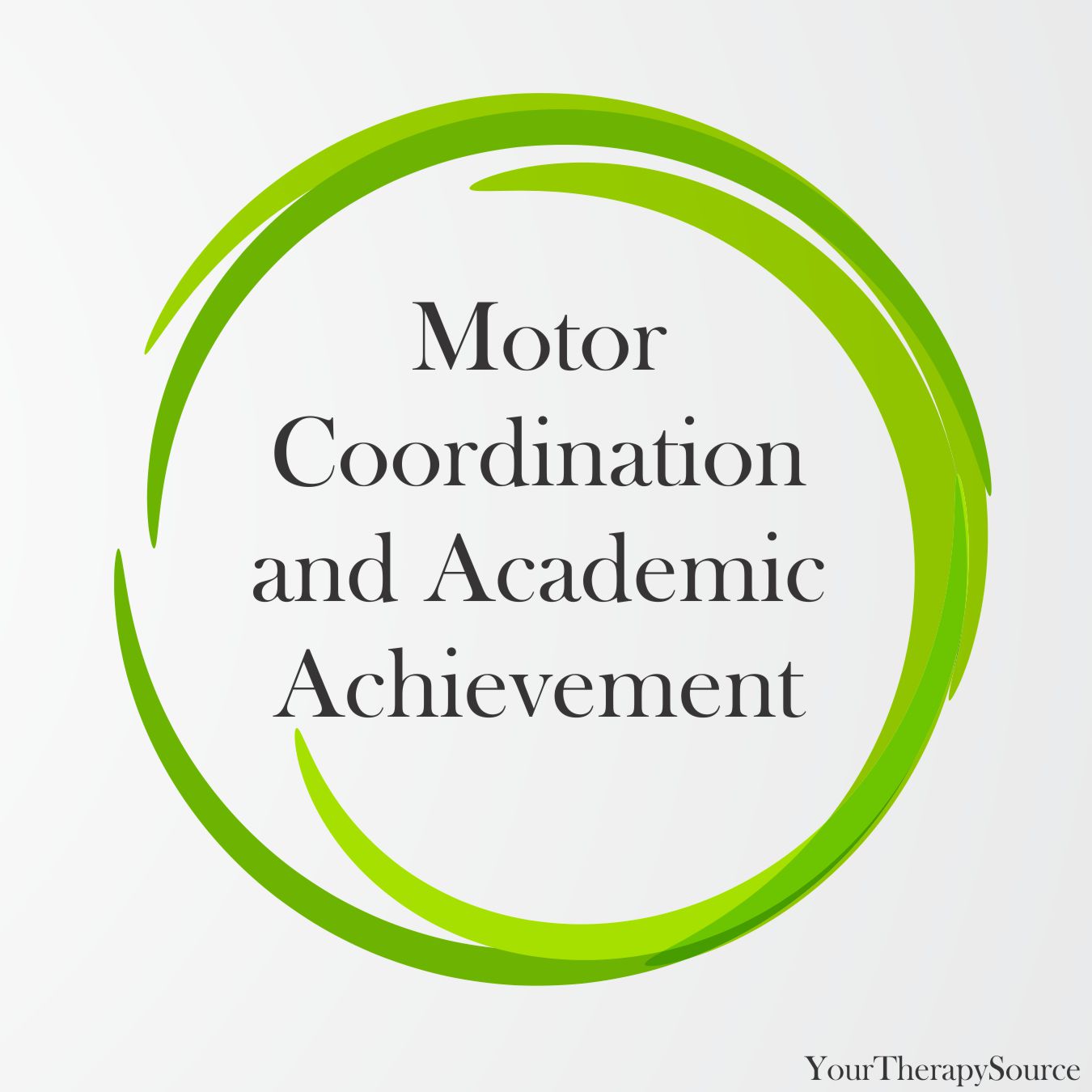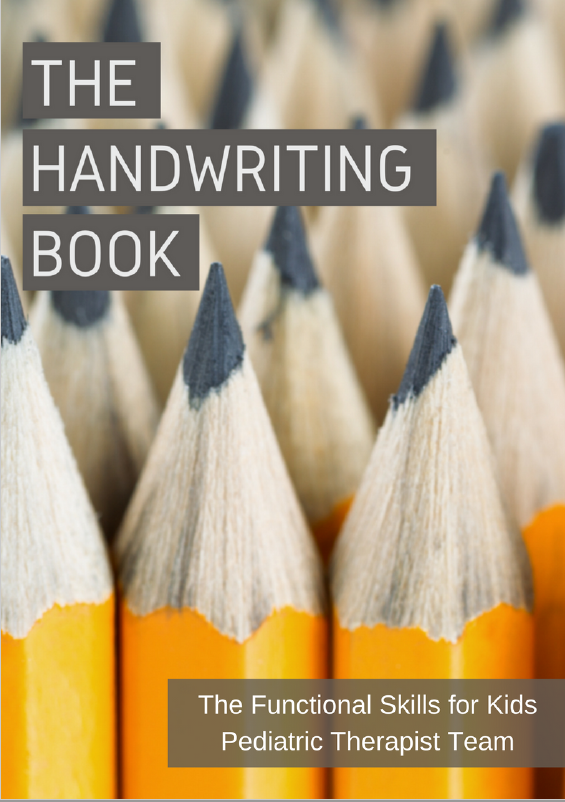Proprioception and Handwriting
The Journal of Physical Therapy Science published research on 19 healthy children to investigate the association between proprioception, including joint position sense and kinetic sense, and handwriting legibility in healthy children. To assess joint position sense, each participant was asked to flex their right elbow between 30° to 110° while blindfolded which was analyzed 3D motion Analysis. Kinetic […]









